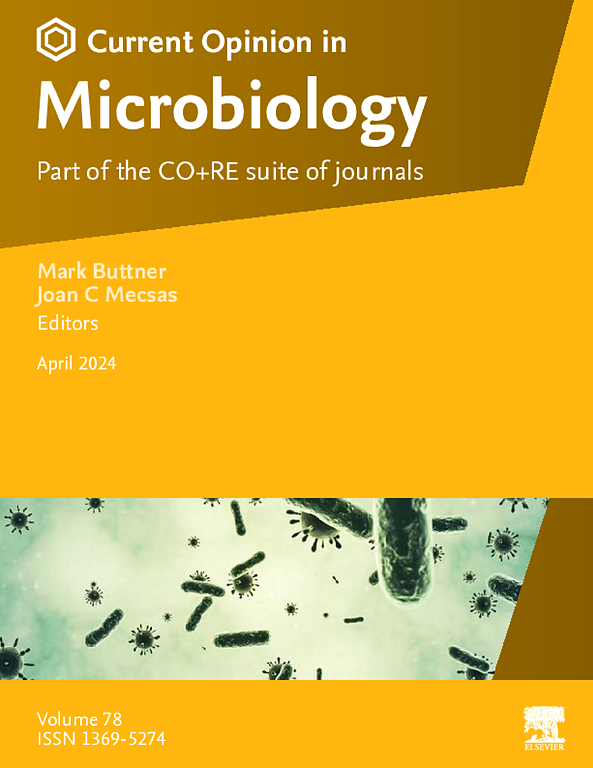It's complicated: relationships between integrative and conjugative elements and their bacterial hosts
IF 7.5
2区 生物学
Q1 MICROBIOLOGY
引用次数: 0
Abstract
Integrative and conjugative elements (ICEs) are typically found integrated in a bacterial host chromosome. They can excise, replicate, and transfer from cell to cell. Many contain genes that confer phenotypes to host cells, including antibiotic resistances, specialized metabolisms, phage defense, and symbiosis or pathogenesis determinants. Recent studies revealed that at least three ICEs (ICEclc, Tn916, and TnSmu1) cause growth arrest or death of host cells upon element activation. This review highlights the complex interactions between ICEs and their hosts, including the recent examples of the significant costs to host cells. We contrast two examples of killing, ICEclc and Tn916, in which killing, respectively, benefits or impairs conjugation and emphasize the importance of understanding the impacts of ICE–host relationships on conjugation. ICEs are typically only active in a small fraction of cells in a population, and we discuss how phenotypes normally occurring in a small subset of host cells can be uncovered.
这很复杂:整合元件和共轭元件与其细菌宿主之间的关系
整合与共轭元件(ICEs)通常整合在细菌宿主染色体中。它们可以切除、复制,并在细胞间转移。其中许多含有赋予宿主细胞表型的基因,包括抗生素抗性、特殊代谢、噬菌体防御以及共生或致病决定因子。最近的研究发现,至少有三种 ICE(ICEclc、Tn916 和 TnSmu1)会在元素激活时导致宿主细胞生长停滞或死亡。这篇综述强调了 ICE 与宿主之间复杂的相互作用,包括宿主细胞付出重大代价的最新实例。我们对比了 ICEclc 和 Tn916 这两个杀灭实例,在这两个实例中,杀灭分别有利于或损害了共轭作用,并强调了了解 ICE-宿主关系对共轭作用影响的重要性。ICE 通常只在群体中的一小部分细胞中活跃,我们将讨论如何揭示通常发生在一小部分宿主细胞中的表型。
本文章由计算机程序翻译,如有差异,请以英文原文为准。
求助全文
约1分钟内获得全文
求助全文
来源期刊

Current opinion in microbiology
生物-微生物学
CiteScore
10.00
自引率
0.00%
发文量
114
审稿时长
6-12 weeks
期刊介绍:
Current Opinion in Microbiology is a systematic review journal that aims to provide specialists with a unique and educational platform to keep up-to-date with the expanding volume of information published in the field of microbiology. It consists of 6 issues per year covering the following 11 sections, each of which is reviewed once a year:
Host-microbe interactions: bacteria
Cell regulation
Environmental microbiology
Host-microbe interactions: fungi/parasites/viruses
Antimicrobials
Microbial systems biology
Growth and development: eukaryotes/prokaryotes
 求助内容:
求助内容: 应助结果提醒方式:
应助结果提醒方式:


